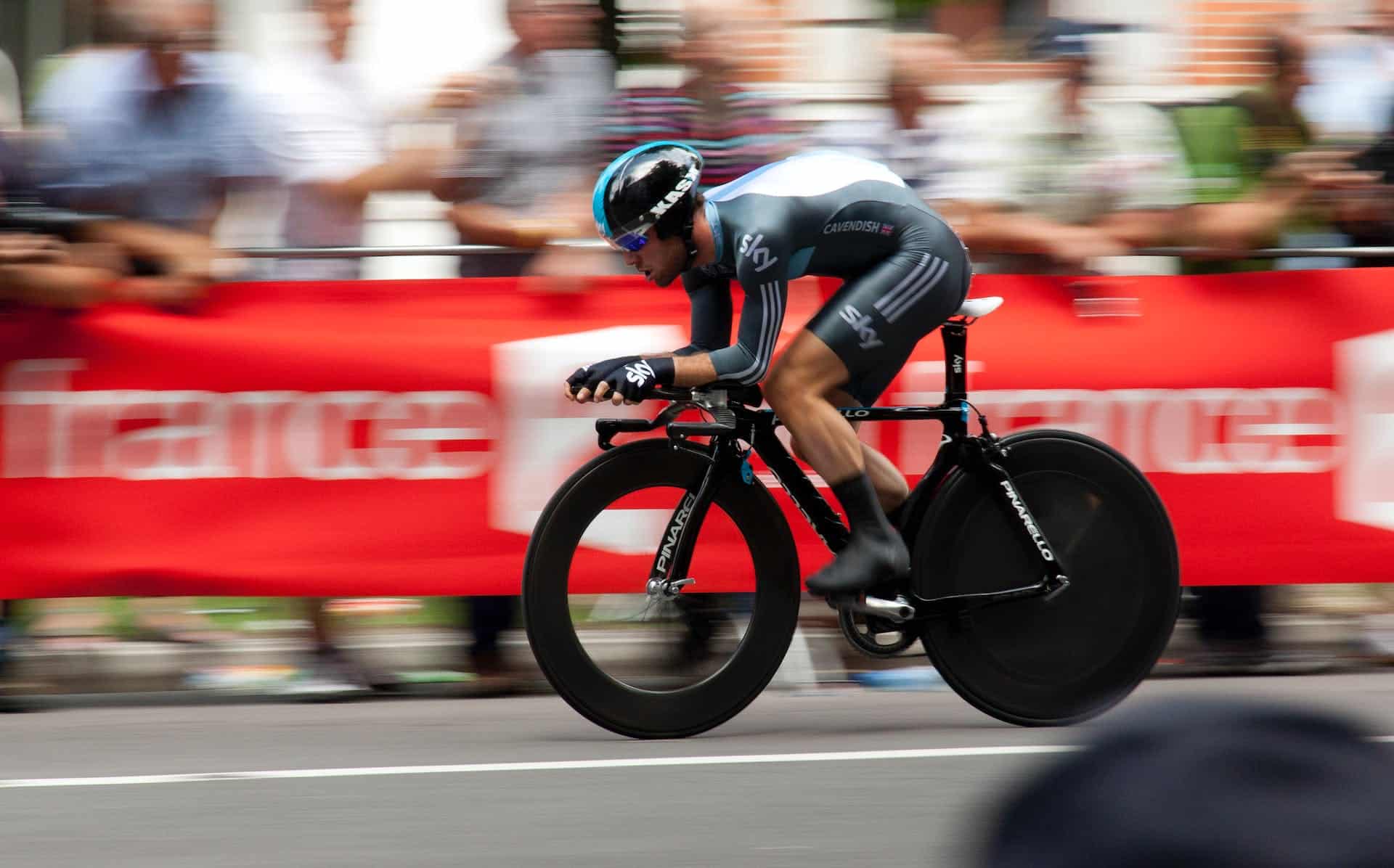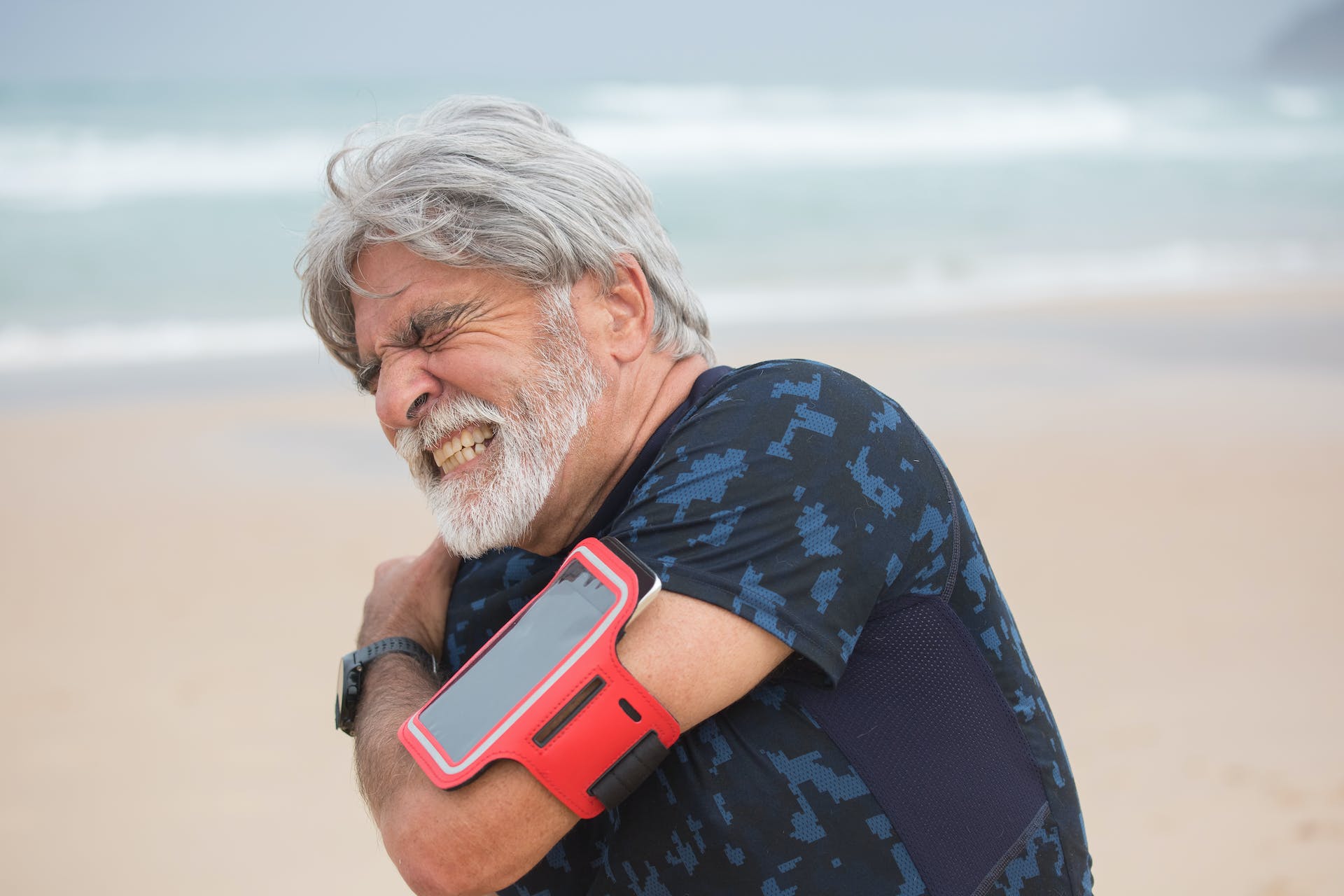Spider veins and varicose veins are common conditions among Americans. Around 30% to 60% of Americans are believed to have one or the other.1 Fortunately, considering their frequent occurrence, they are usually not life-threatening. However, the presence of spider veins and varicose veins can also be a disturbing sign of a deeper issue: poor blood circulation. When blood does not flow properly through the veins, serious issues such as swelling, clots, slow wound healing, and cardiovascular stress may develop.
Varicose veins can also be extremely painful, due to the fact that these veins are twisted and swollen with too much blood. They can cause significant discomfort while walking or performing other intensive physical activities. Finally, spider and varicose veins are cosmetically unattractive, and many people want to remove them to improve their appearance. Some patients try applying creams or lotion to reduce the appearance of spider and varicose veins. But this method doesn’t offer any real benefits other than skin moisturization.
For a real solution, doctors recommend non-invasive surgical procedures such as sclerotherapy and laser treatment. But is a surgical procedure really the best way to eliminate spider veins and varicose veins? Is there a laser surgery alternative or sclerotherapy alternative that works better and is not as invasive?
The Pros And Cons Of Sclerotherapy
Pros:
- Has Been In Use Since The 1930s
Sclerotherapy is a tried and true method of removing or reducing the appearance of spider veins and varicose veins. It has been in use since the 1930s – nearly a century.2
- Can Be Performed In The Doctor’s Office
This procedure can be performed in the doctor’s office with no sedation. So, you don’t have the added expensive of going to a surgical center and undergoing anesthesia.
Cons:
- Requires Injections
Sclerotherapy involves injecting salt solution into an affected vein. The solution irritates the lining of the blood vessels in the vein, causing them to collapse, clot, and eventually fade away. For people with a phobia of needles, this solution is extremely invasive and uncomfortable, especially considering that multiple injections and sessions may be required to eliminate all the veins.3
- Costs A Lot Of Money
On average, sclerotherapy costs $413 per session.4 That is a lot of money to save for a single procedure, and it may be out of many patients’ price ranges.
- Causes Pain During And Following Procedure
The solution that is injected into veins during sclerotherapy cause burning and cramping. Patients may also experience itching and inflammation at the injection sites.
- Not A Permanent Solution
Sclerotherapy does not address the root cause of spider or varicose veins, which is typically poor blood circulation. Therefore, it does not prevent more from occurring after the procedure is complete.
The Pros And Cons Of Simple Laser Treatment
Pros:
- Non-invasive
A simple laser treatment may be performed in a doctor’s office, and is completely non-invasive. It involves pointing a high-powered laser at spider and small varicose veins just underneath the surface of the skin. The laser damages the vein, causing scar tissue to form. The scar tissue will eventually block off the vein from its source of blood, causing it to die and fade.
Cons:
- Requires Multiple Treatments
Laser treatments may need to be repeated through multiple sessions to address all the problem veins.
- Expensive
On average, laser treatment sessions cost about $312 each.
- Higher Risk Of Side Effects
Laser treatments can cause side effects such as skin burns, nerve damage, and blood clots in the affected veins.5
The Pros And Cons Of Endovenous Laser Treatment
Pros:
- Treats Larger Varicose Veins
Patients with larger varicose veins find endovenous laser treatment more helpful than the simple version. During this procedure, the doctor will insert a laser fiber through a catheter that is connected to the vein. The laser closes the vein so that it will die and, hopefully, disappear.
Cons:
- Pricey
Endovenous laser treatments can cost anywhere from $600 to $3,000 depending on the size of the vein.6
- Has A 6 Out Of 100 Failure Rate
This method of treating spider and varicose veins has a 6 out of 100 failure rate, which is a big risk for such a high price.7
- Painful Recovery
Patients who undergo endovenous laser surgery report feeling painful side effects for an average of 8 days afterwards.8
Is There An Alternative Severe Varicose Vein Treatment To Sclerotherapy Or Laser?
Sclerotherapy and laser treatments share many of the same pros and cons. They are both non-invasive to a certain degree. They are also both expensive, and come with painful side and after effects. They are also not always 100 percent effective.
That’s the reason we recommend that individuals suffering from spider and varicose veins try using D’OXYVA. This is a completely pain-free, non-invasive, at-home solution. It uses transdermal technology to infuse ultra-purified gaseous molecules such as carbon dioxide (CO2) into the body, which works as a vasodilator (and vasoconstrictor) and improves blood flow throughout the body. With improved blood flow, varicose veins and spider veins will become less painful, less visible, and less likely to recur. To learn more about how D’OXYVA can help you, subscribe to our email list, follow our social media, and purchase your own D’OXYVA vasodilator applicator today.
References
- “Varicose Veins and Spider Veins.” WebMD. Last modified November 11, 2003. https://www.webmd.com/skin-problems-and-treatments/cosmetic-procedures-spider-veins#:~:text=Varicose%20veins%20and%20spider%20veins%20develop%20more%20often%20in%20women,varicose%20veins%20or%20spider%20veins.
- “Sclerotherapy for Varicose and Spider Veins.” WebMD. Last modified November 11, 2003. https://www.webmd.com/skin-problems-and-treatments/cosmetic-procedures-sclerotherapy.
- “Noninvasive Treatments for Varicose Veins.” Baylor College of Medicine. Accessed December 15, 2021. https://www.bcm.edu/healthcare/specialties/cardiovascular-medicine/vascular-health/varicose-veins/noninvasive-treatments-for-varicose-veins.
- “Spider Vein Treatment Cost.” American Society of Plastic Surgeons. Accessed December 15, 2021. https://www.plasticsurgery.org/cosmetic-procedures/spider-vein-treatment/cost.
- “Laser Treatment for Varicose Veins.” Accessed December 15, 2021. https://www.uofmhealth.org/health-library/tn10097.
- Goodman, Brenda. “Surgery Vs. Laser Treatment for Varicose Veins.” WebMD. Last modified September 19, 2011. https://www.webmd.com/skin-problems-and-treatments/news/20110919/surgery-vs-laser-treatment-for-varicose-veins.
- “Laser Treatment for Varicose Veins.” Accessed December 15, 2021. https://www.uofmhealth.org/health-library/tn10097.
- Goodman, Brenda. “Surgery Vs. Laser Treatment for Varicose Veins.” WebMD. Last modified September 19, 2011. https://www.webmd.com/skin-problems-and-treatments/news/20110919/surgery-vs-laser-treatment-for-varicose-veins.







